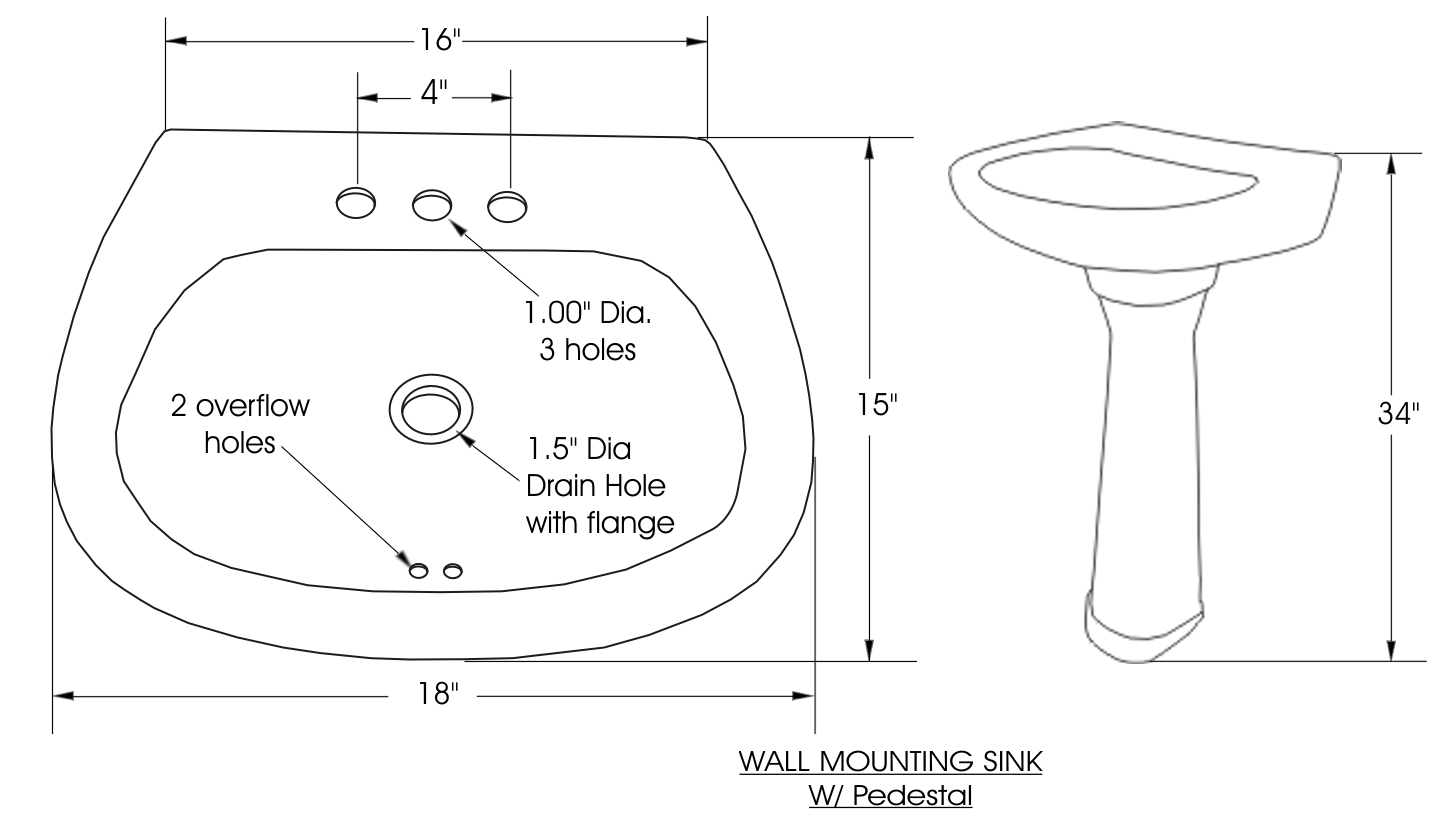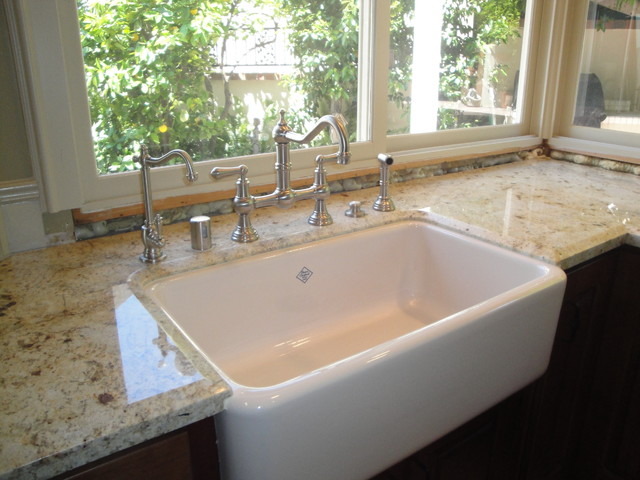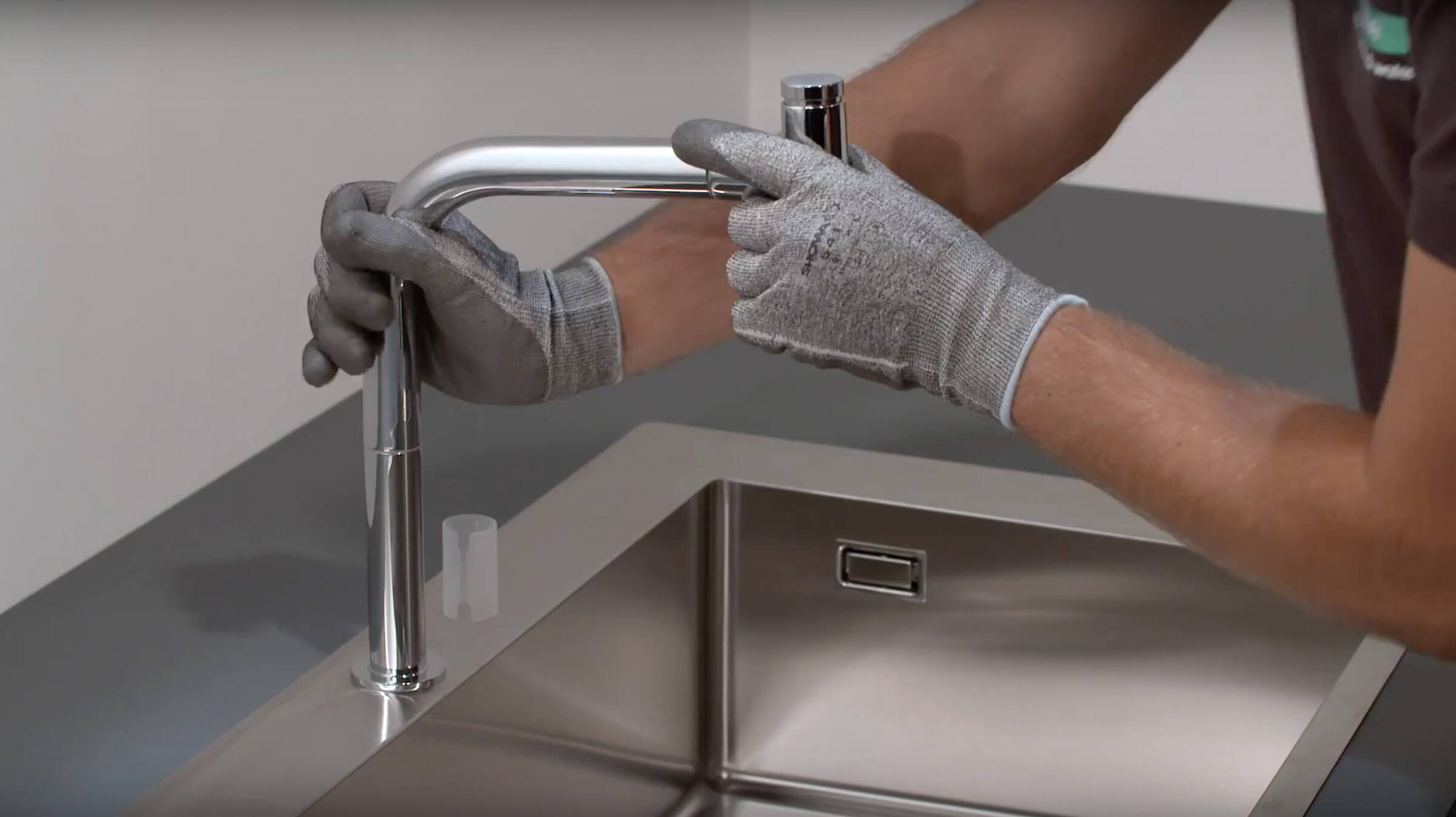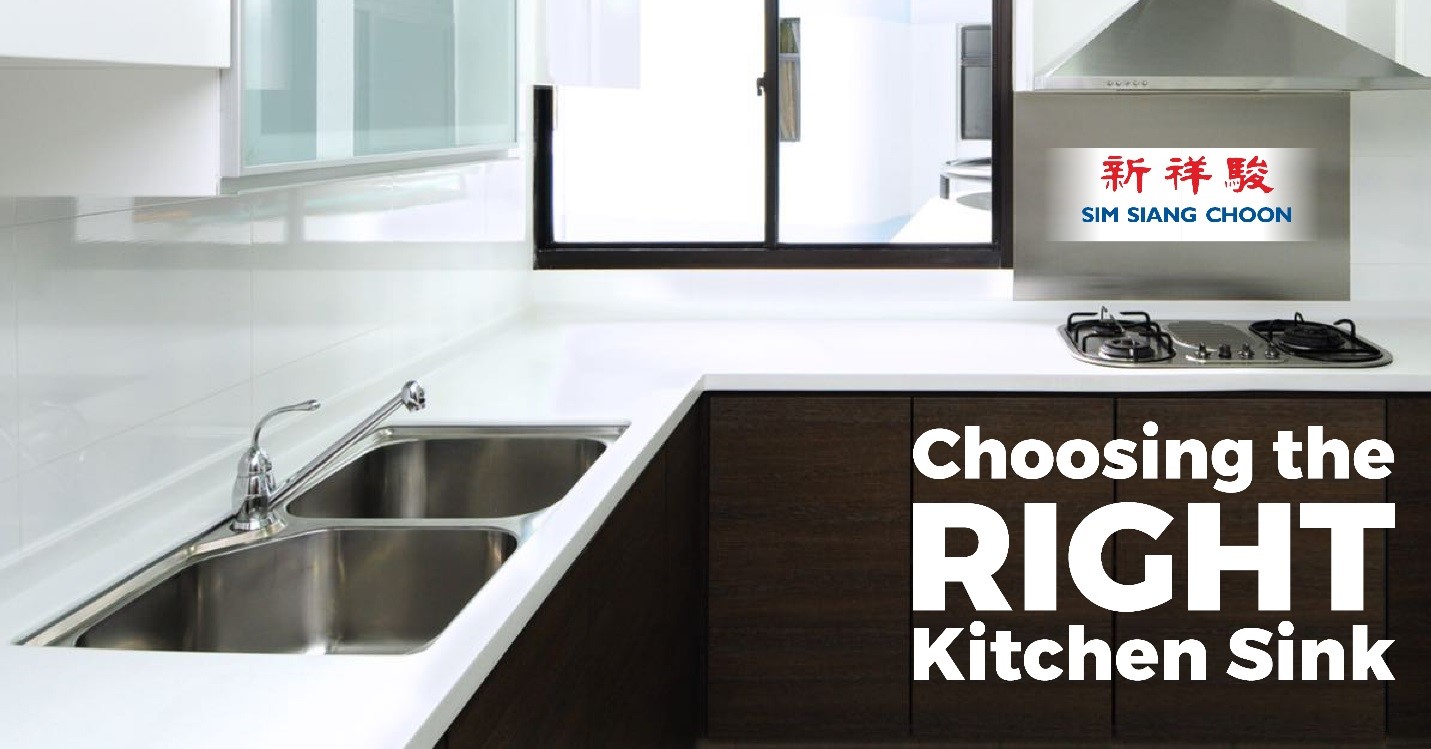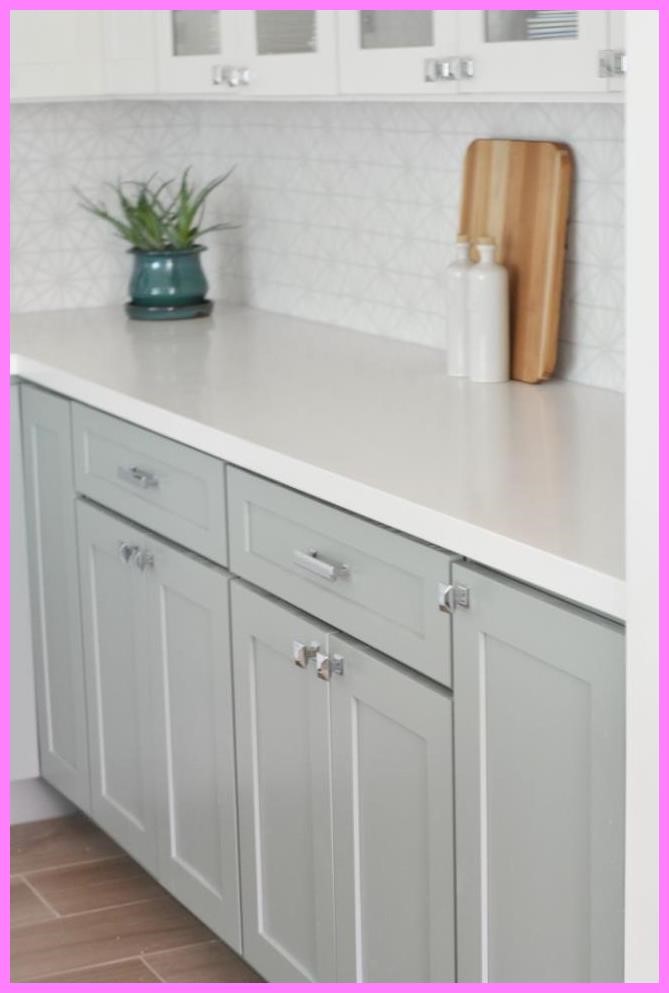When it comes to choosing a kitchen sink faucet, one important factor to consider is the size and dimensions of the faucet. Standard kitchen faucet dimensions can vary, but typically they range from 6-10 inches in height and 8-10 inches in length. It’s important to take note of these dimensions when shopping for a new kitchen faucet to ensure it will fit properly in your space.Standard Kitchen Faucet Dimensions
The size of your kitchen sink is another important factor to consider when choosing a faucet. Standard kitchen sink dimensions can vary depending on the size and style of the sink, but typically they range from 22-30 inches in length and 15-25 inches in width. It’s important to measure your sink before purchasing a faucet to ensure it will fit properly and function effectively.Standard Kitchen Sink Dimensions
The depth of your kitchen counter is another important factor to take into consideration when choosing a kitchen sink faucet. Standard kitchen counter depth can vary, but typically it ranges from 24-25 inches. If your counter is on the shallower side, you may need to take this into account when choosing a faucet with a higher spout height to ensure it will not be too tall for your space.Standard Kitchen Counter Depth
The kitchen sink faucet hole size is also an important consideration, as it will determine what type of faucet you can install. Most kitchen sinks have either 1, 2, 3, or 4 holes for the faucet and any additional accessories, such as a soap dispenser or sprayer. It’s important to measure the existing holes in your sink or check the specifications of your sink before purchasing a new faucet.Kitchen Sink Faucet Hole Size
To measure the kitchen sink faucet hole size, you will need a ruler or tape measure. Measure the distance between the center of one hole to the center of the adjacent hole. This will give you the center-to-center measurement of the holes. You can also measure the diameter of the existing holes to determine the size. Make sure to measure all the holes, even if they are not being used, as some faucets may require more than one hole for installation.How to Measure Kitchen Sink Faucet Hole Size
If you are unsure of the size of your kitchen sink faucet holes, you can determine the size by looking at the existing faucet. Most faucets will have the hole size listed in their specifications. If not, you can measure the faucet base where it connects to the sink and match it to the appropriate hole size. Keep in mind that some faucets may require additional holes for installation, so it’s best to check with the manufacturer or a professional before purchasing.How to Determine Kitchen Sink Faucet Hole Size
In addition to the size of the holes, the spacing between them is also important to consider. Standard kitchen sink faucet hole spacing is typically 4 inches, but some sinks may have a wider distance of 8 inches. It’s important to make sure the spacing of your faucet matches the spacing of the holes in your sink to ensure a proper fit.Standard Kitchen Sink Faucet Hole Spacing
Installing a kitchen sink faucet may seem like a daunting task, but with the right tools and instructions, it can be a DIY project. Before beginning, make sure to shut off the water supply to your sink and read the manufacturer’s instructions carefully. You will also need to make sure the faucet you have chosen is compatible with your sink and has the correct number of holes and spacing. If you are unsure, it’s best to consult a professional for installation.How to Install a Kitchen Sink Faucet
With so many options available, it can be overwhelming to choose the right kitchen sink faucet. When making your decision, consider the style, finish, and functionality of the faucet. You may also want to think about the height and reach of the spout, as well as any additional features such as pull-down or pull-out sprayers. Don’t forget to also take into account the size and dimensions of your sink and counter to ensure a proper fit.Choosing the Right Kitchen Sink Faucet
Measuring the kitchen counter depth is an important step in choosing the right kitchen sink faucet. To measure the depth, simply use a tape measure and measure from the back of the counter to the front edge. If you have a backsplash, make sure to measure from the backsplash to the front edge. Knowing the counter depth will help you determine the appropriate height and reach of your faucet.How to Measure Kitchen Counter Depth
Benefits of Choosing the Right Kitchen Sink Faucet Hole Size and Counter Depth

Enhanced Functionality and Convenience
 Choosing the right kitchen sink faucet hole size and counter depth can greatly enhance the functionality and convenience of your kitchen. A properly sized faucet hole will ensure that the faucet fits snugly and securely, preventing any leaks or drips. This not only saves you from the hassle of constantly tightening or replacing the faucet, but also helps conserve water. Additionally, a counter depth that is suitable for your needs means you won't have to reach too far or strain yourself while using the sink, making everyday tasks like washing dishes or filling up pots much easier.
Choosing the right kitchen sink faucet hole size and counter depth can greatly enhance the functionality and convenience of your kitchen. A properly sized faucet hole will ensure that the faucet fits snugly and securely, preventing any leaks or drips. This not only saves you from the hassle of constantly tightening or replacing the faucet, but also helps conserve water. Additionally, a counter depth that is suitable for your needs means you won't have to reach too far or strain yourself while using the sink, making everyday tasks like washing dishes or filling up pots much easier.
Improved Aesthetics
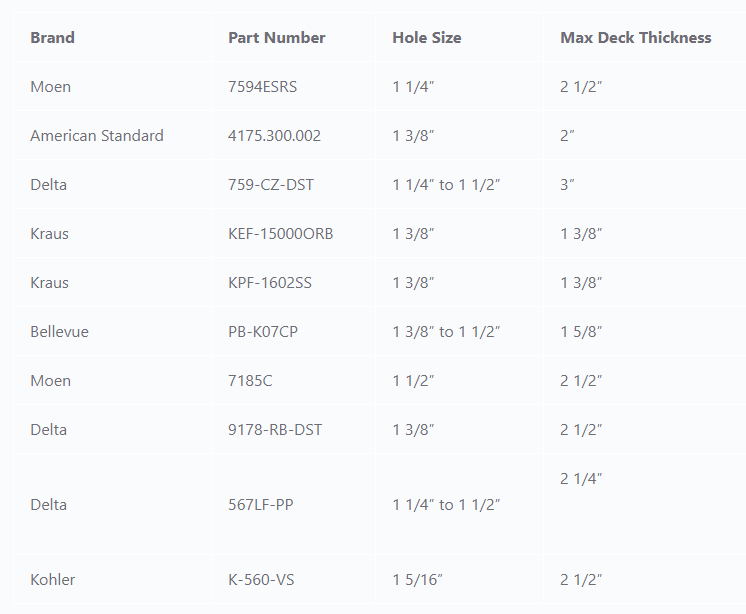 In addition to functionality, the right kitchen sink faucet hole size and counter depth can also greatly improve the overall aesthetics of your kitchen. A properly sized faucet hole will ensure that the faucet is aligned with the sink, creating a clean and seamless look. Similarly, a counter depth that is not too shallow or too deep will provide a balanced and visually appealing appearance. This can greatly enhance the overall design and style of your kitchen, making it more inviting and appealing.
In addition to functionality, the right kitchen sink faucet hole size and counter depth can also greatly improve the overall aesthetics of your kitchen. A properly sized faucet hole will ensure that the faucet is aligned with the sink, creating a clean and seamless look. Similarly, a counter depth that is not too shallow or too deep will provide a balanced and visually appealing appearance. This can greatly enhance the overall design and style of your kitchen, making it more inviting and appealing.
Increased Home Value
 When it comes to house design, every detail matters. Choosing the right kitchen sink faucet hole size and counter depth is no exception. In fact, these seemingly small details can have a significant impact on the value of your home. A well-designed and functional kitchen can greatly increase the value of your property, making it a desirable feature for potential buyers. So, investing in the right kitchen sink faucet hole size and counter depth not only benefits you now, but also in the future if you ever decide to sell your home.
When it comes to house design, every detail matters. Choosing the right kitchen sink faucet hole size and counter depth is no exception. In fact, these seemingly small details can have a significant impact on the value of your home. A well-designed and functional kitchen can greatly increase the value of your property, making it a desirable feature for potential buyers. So, investing in the right kitchen sink faucet hole size and counter depth not only benefits you now, but also in the future if you ever decide to sell your home.
Cost Savings
 Making the right choices when it comes to kitchen sink faucet hole size and counter depth can also lead to cost savings in the long run. A properly sized faucet hole and counter depth can prevent water wastage and reduce the need for constant repairs or replacements. This can save you money on your water bill and also on potential repair costs. Additionally, investing in a high-quality faucet and counter can also save you money in the long run as they will last longer and require less maintenance.
In conclusion, choosing the right kitchen sink faucet hole size and counter depth is an important aspect of house design. It can greatly enhance functionality, improve aesthetics, increase home value, and lead to cost savings. So, take the time to carefully consider these factors and make the best decision for your kitchen.
Making the right choices when it comes to kitchen sink faucet hole size and counter depth can also lead to cost savings in the long run. A properly sized faucet hole and counter depth can prevent water wastage and reduce the need for constant repairs or replacements. This can save you money on your water bill and also on potential repair costs. Additionally, investing in a high-quality faucet and counter can also save you money in the long run as they will last longer and require less maintenance.
In conclusion, choosing the right kitchen sink faucet hole size and counter depth is an important aspect of house design. It can greatly enhance functionality, improve aesthetics, increase home value, and lead to cost savings. So, take the time to carefully consider these factors and make the best decision for your kitchen.




























:max_bytes(150000):strip_icc()/guide-to-common-kitchen-cabinet-sizes-1822029-base-6d525c9a7eac49728640e040d1f90fd1.png)














